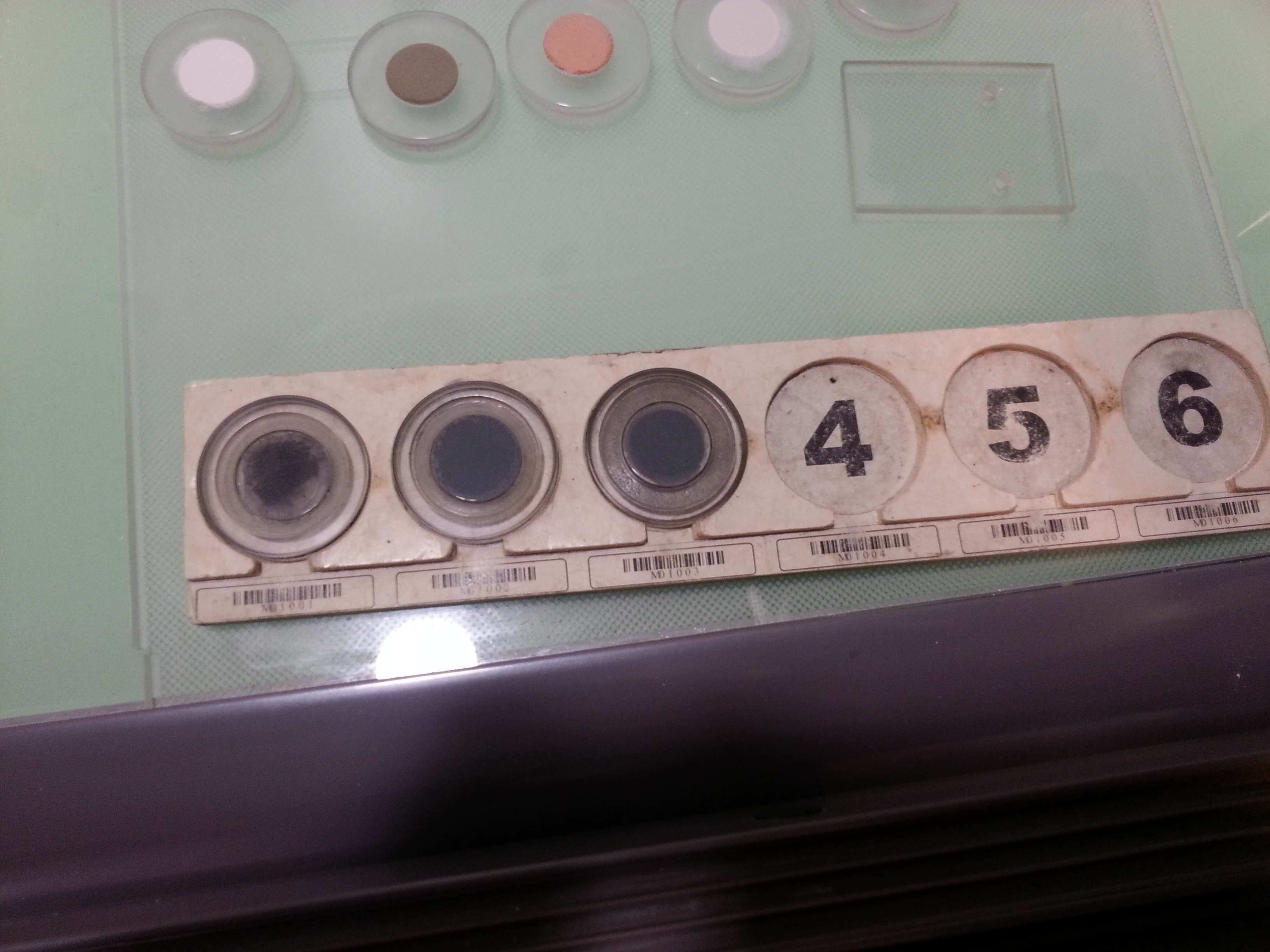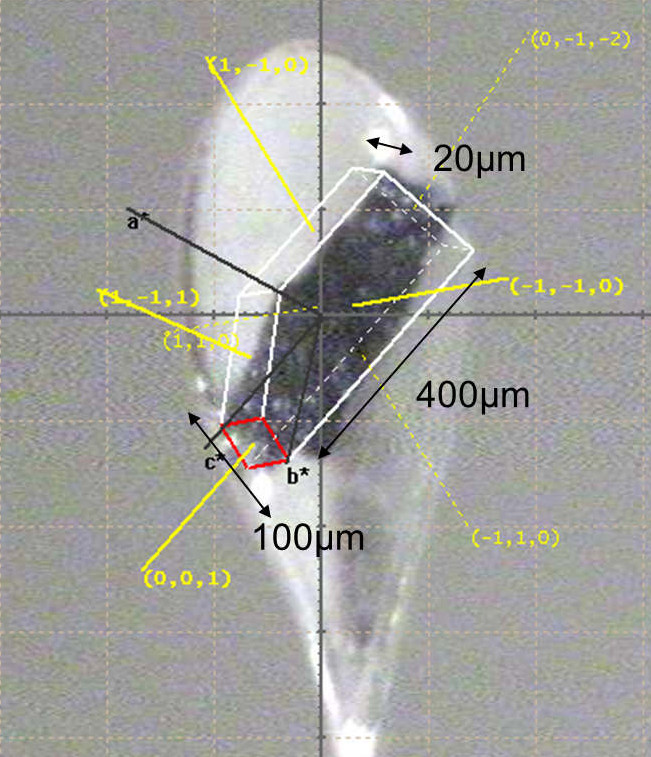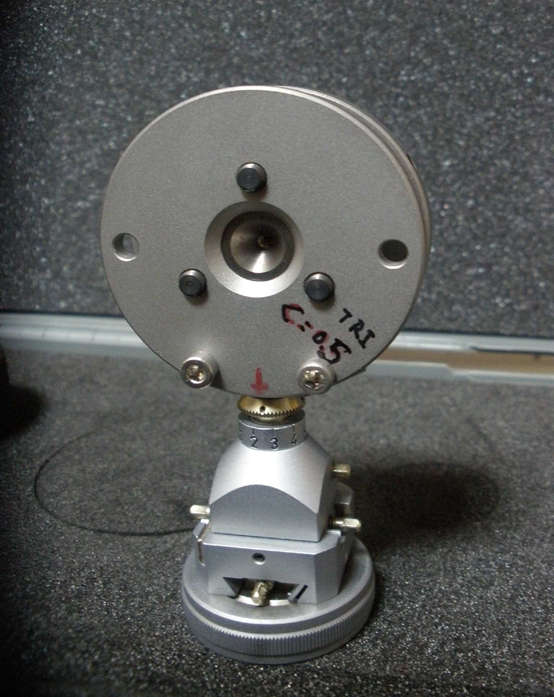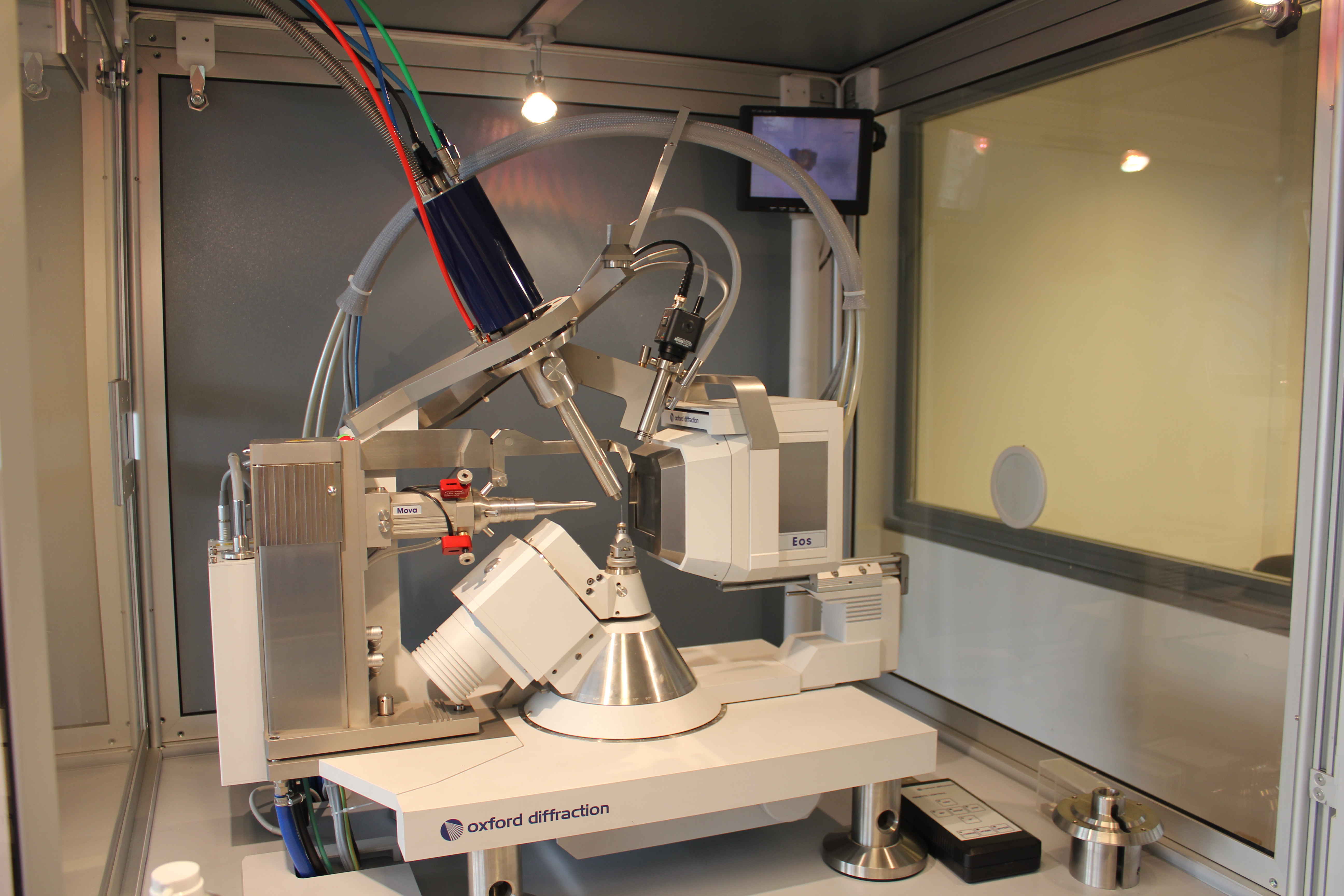Structural measurements |
|
The study of crystallographic structural aspects of the developed material (and / or shapping) in the Energy research team is essential both for the evaluation of synthesis processes as for in-situ monitoring of high pressure and / or high temperature phase transition of the materials. These studies are possible due to the strong interaction of the team with the Centre de Diffraction Henri Longchambon both in instrumentation and X-ray analysis diffraction patterns . |
People: Régis Debord |
||
X-ray diffraction measurements at ambient pressure (and low temperature)
|
|||
|
|
|
|||
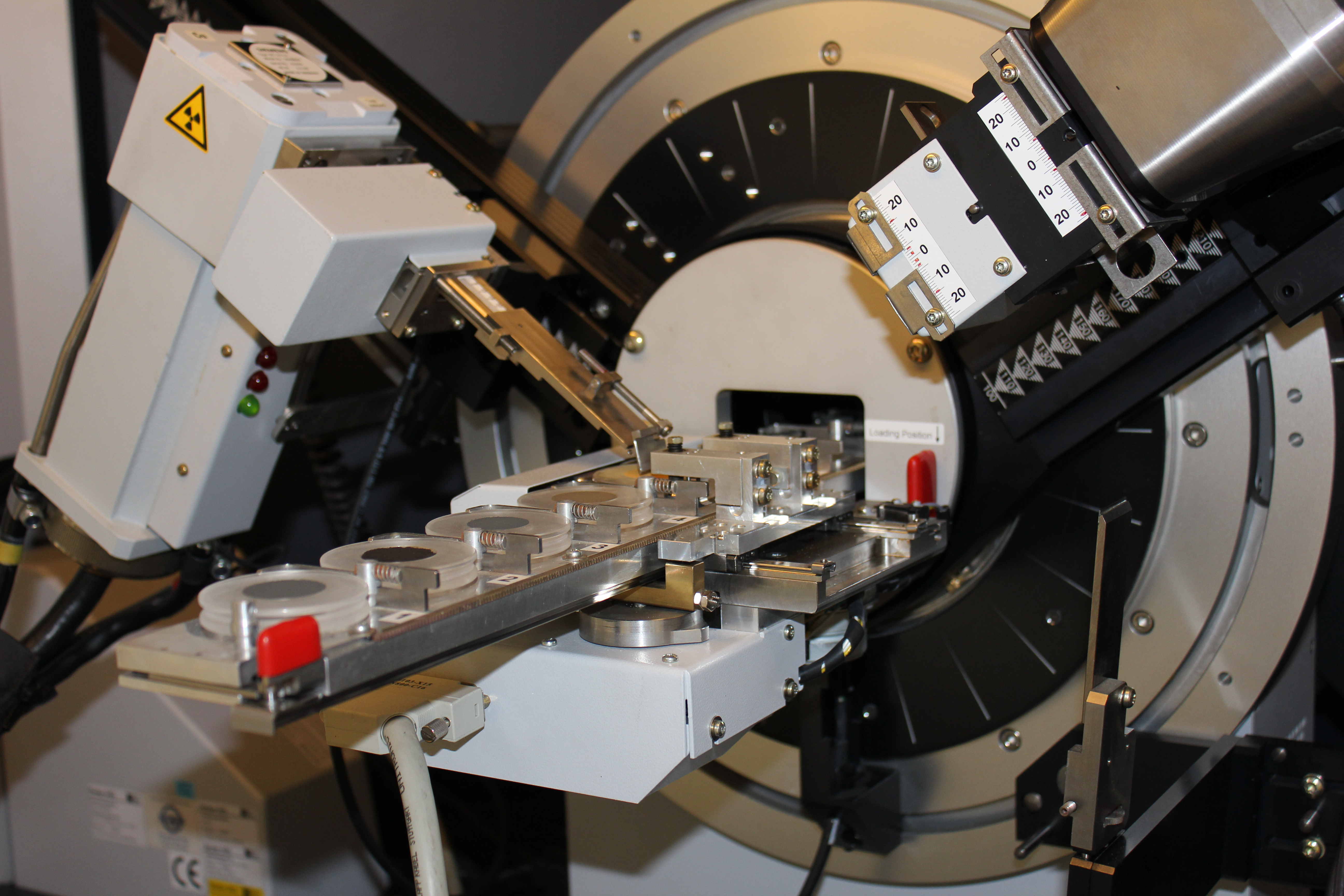 |
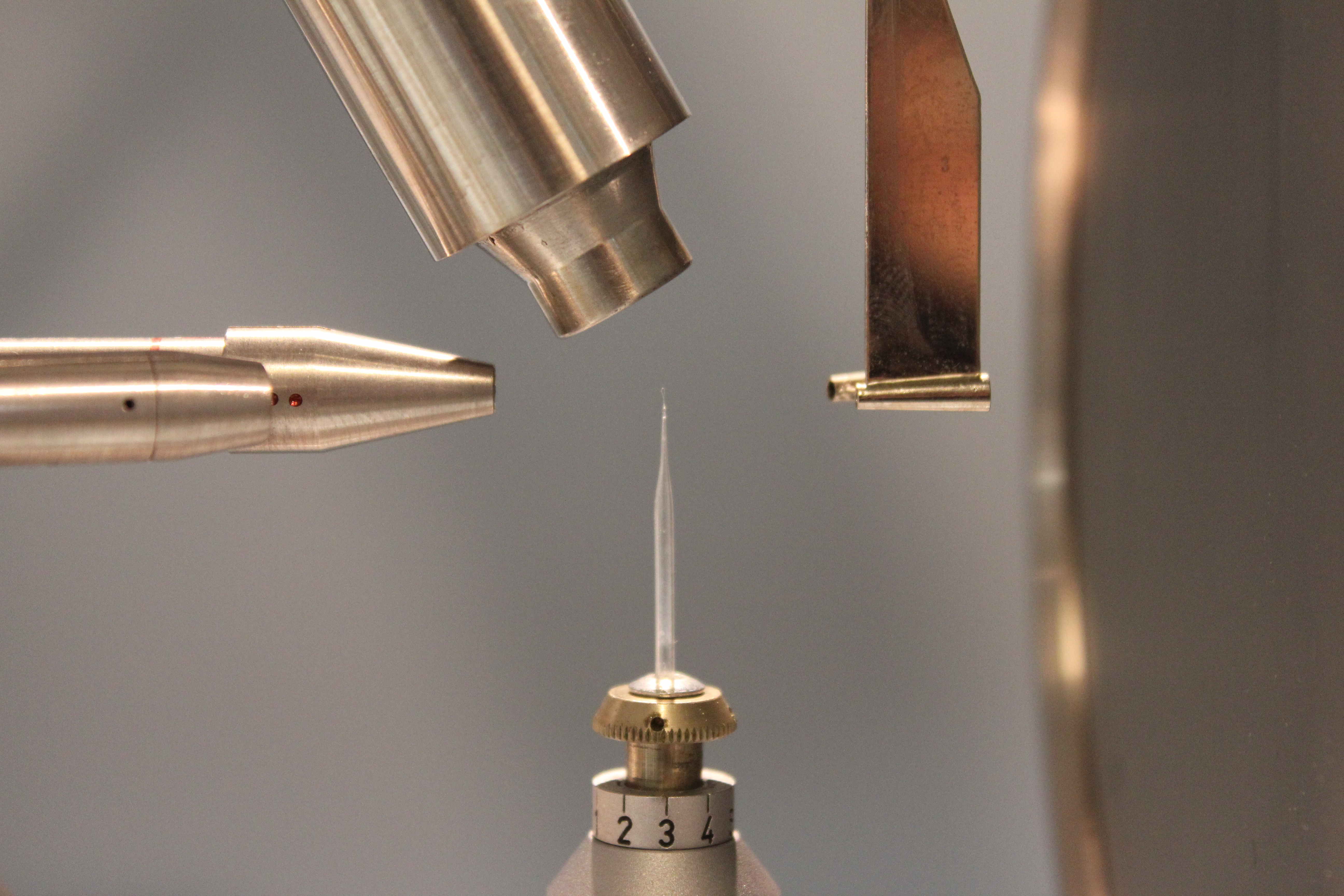 |
|||
| (Top): polycrystalline materials for analysis. X-ray diffraction positioned on said supports 'neutral' to their small contribution to the X-ray diffraction, placed in batch for serial analysis. (bottom): Diffractometer in Bragg-Bentano configuration dedicated to the powder analysis; X beam (left) illuminates the material on the central rail before being detected / analyzed (right). (Cu Kα 1.5418Å) | (Top) Indexing the faces of a silicon clathrate single crystal by the calculation of the orientation matrix. The crystal is suspended in a drop of Paratone (down). Crystal on the edge of a glass capillary on a goniometer head (set of 3 DOF rotation) in a diffractometer Oxfod -Diffraction MOVA E. On the right X-ray source, on top the inlet nozzle of a regulated nitrogen stream temperature to low temperature experiments; on the left the beamstop protecting the direct beam CCD detector. | |||
X-ray diffraction measurements under high pressure
|
||||
|
|
|
|
||
|
Diamond anvil cell (Almax-Boehler) to achieve pressure up to 25GPa mounted on a goniometer head.
|
X-ray diffractometer for single crystals with a CCD EOS detector and a Molybdenum microsource .This diffractometer permits to solve crystal structures from a single crystal. The presence of a microsource can work on small crystals (tens of microns). The apparatus may be equipped with a diamond anvil cell (DAC) to achieve the pressure measurements. It is also possible to produce powder patterns on micro-samples. |
|||
|
|
|
|
||
|
Stacking (intensity arbitrary unit) of X-ray diffraction patterns at various pressure (3.5-17.5 GPa) |
X-ray diffraction image on CCD EOS (high) on the single crystal; Reconsctruction in real space of the crystal lattice of a silicon clathrate (bottom).
|
|||


















